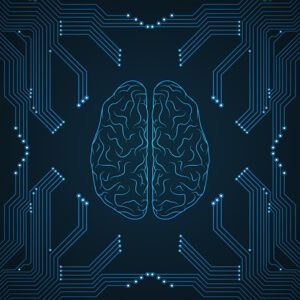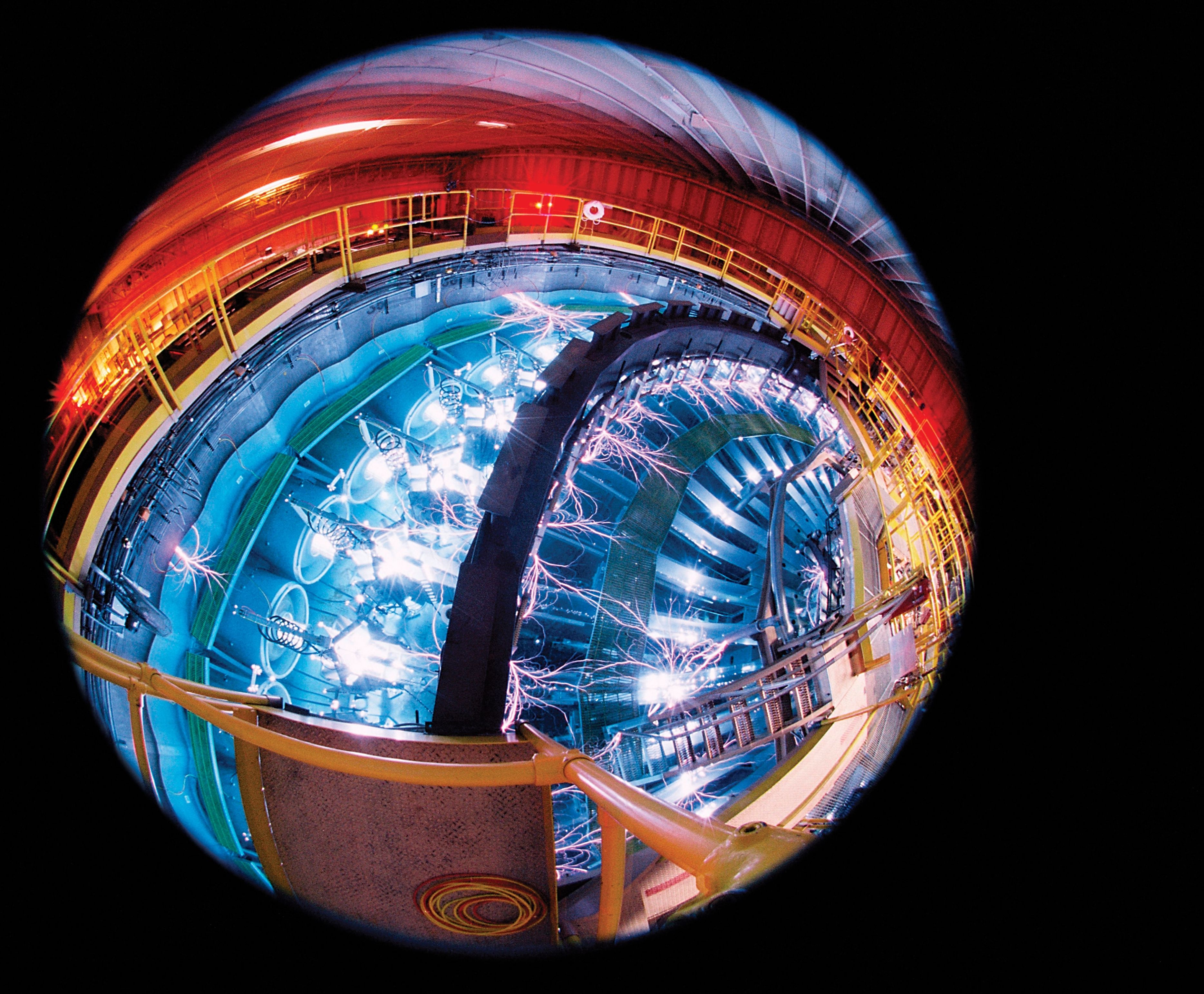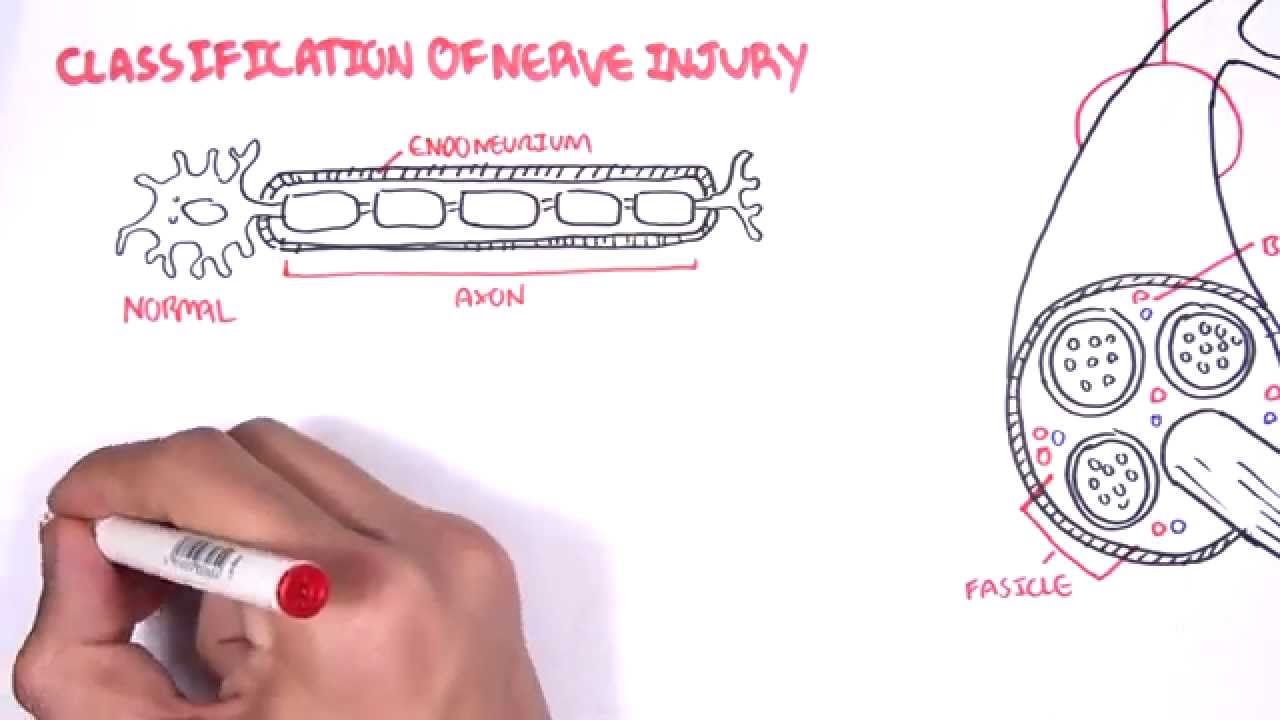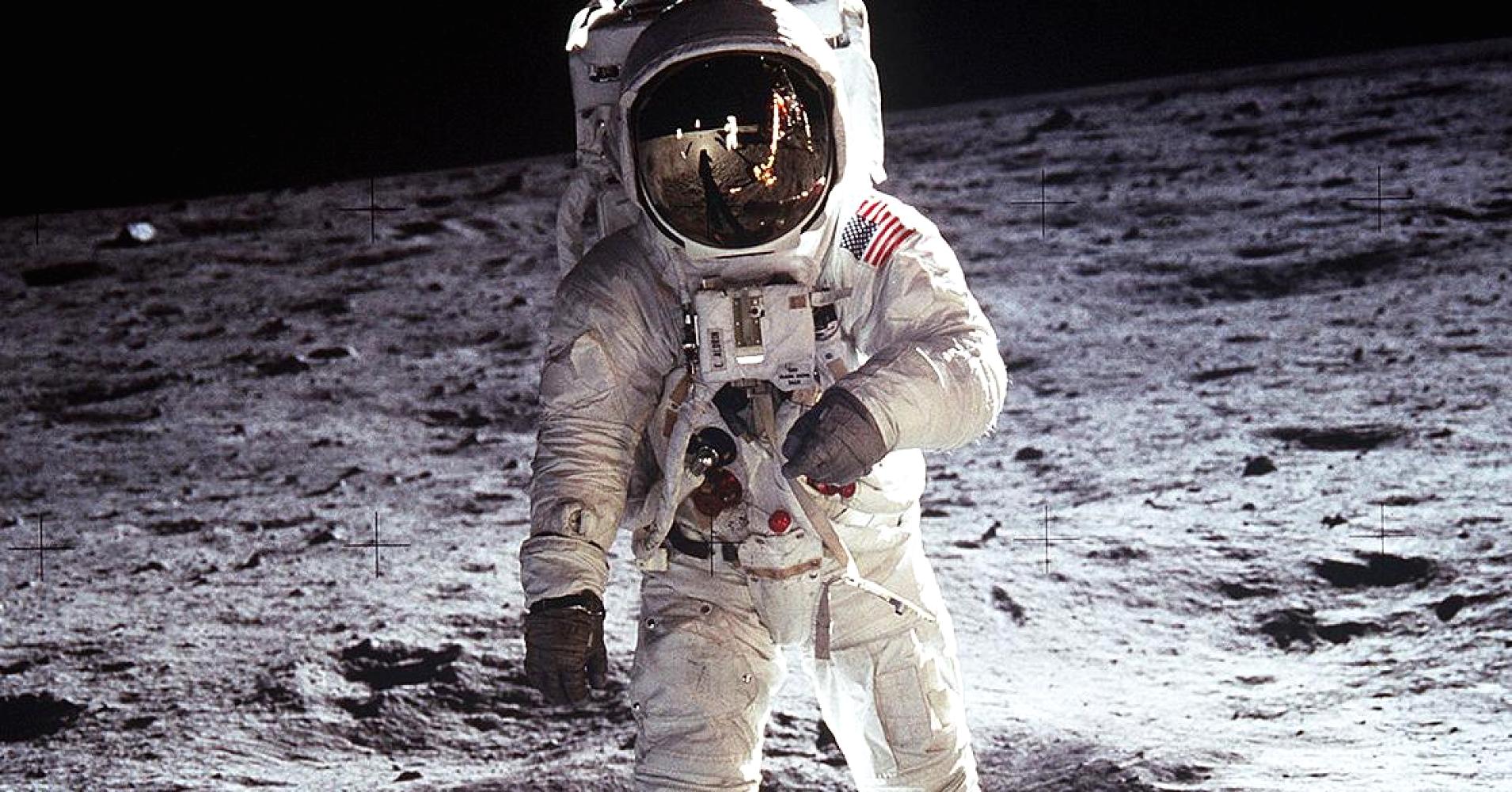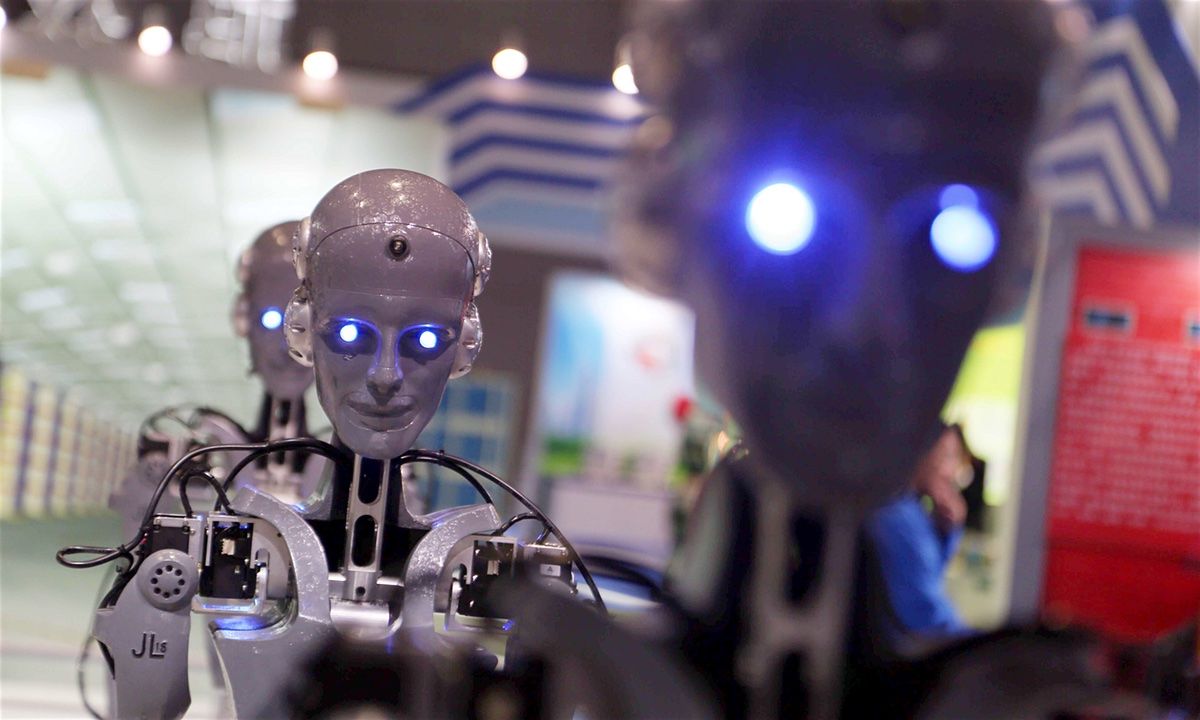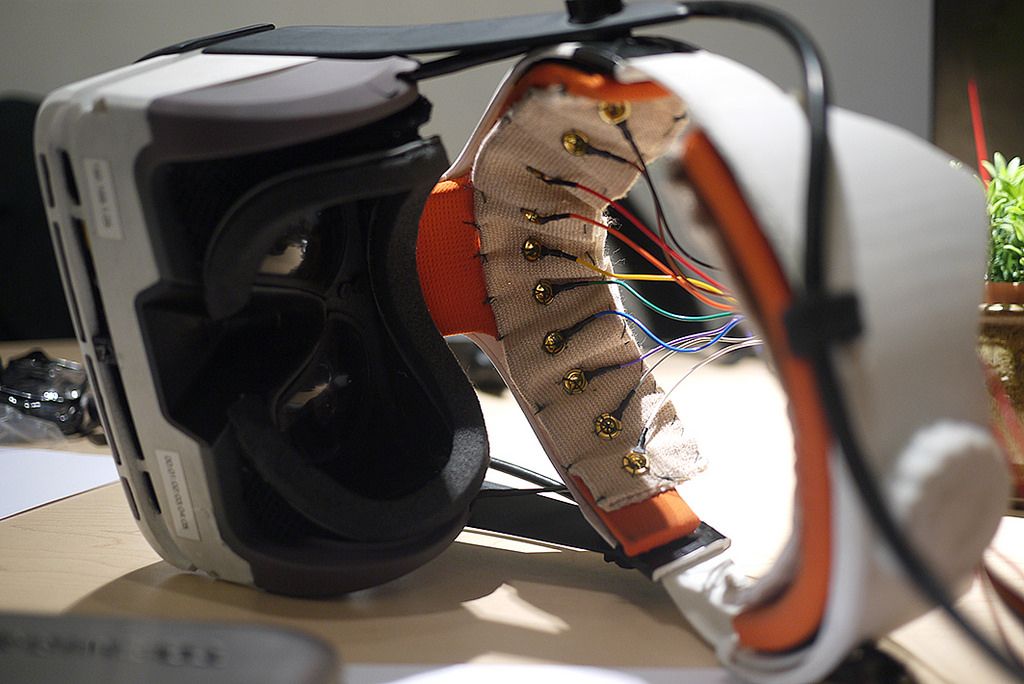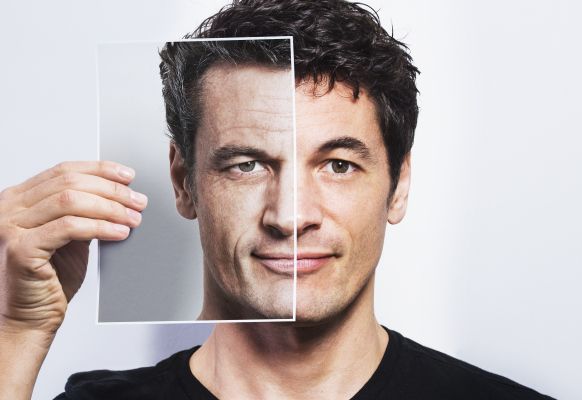ABSTRACT
According to Einstein, General Relativity contains the essence of Mach’s ideas. Mach’s principle can be summarized by stating that the inertia of a body is determined by the rest of the mass-energy content of the universe. Inertia here arises from mass-energy there. The latter, was a statement made by John Wheeler in his 1995 book, Gravitation and Inertia, coauthored by Ciufolini. Einstein believed that to be fully Machian, gravity would need a radiative component, an action-at-a-dis- tance character, so that gravitational influences on a body from far away could be felt immediately. In 1960’s, Hoyle and Narlikar (HN) developed such a theory which was a gravitational version of the Absorber theory derived by Wheeler-Feynman for classical electrodynamics and later expanded upon by Davies and Narlikar for quantum electrodynamics. The HN-field equation has the same type of mass fluctuation terms as in the Woodward Mach effect thruster theory. The force equation, used to predict the thrust in our device, can be derived from the mass fluctuation. We outline a new method for deriving the force equation. We present new experimental tests of the thruster to show that the thrust seen in our device is not due to either heating or Dean Drive effects. Successful replications have been performed by groups in Austria and Canada, but their work is still pending in the peer review literature.
Keywords:
Mach Effect Drive, Transient Mass Fluctuations, Mach’s Principle, Action at a Distance, Advanced Waves, Event Horizon.
Read more
